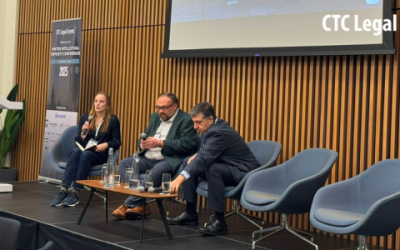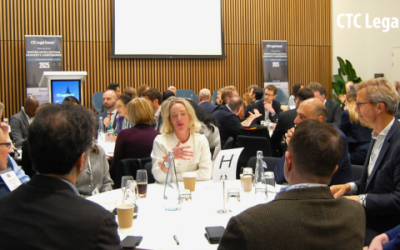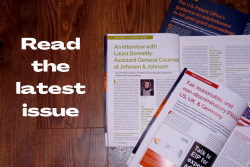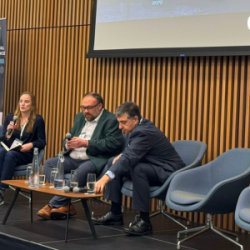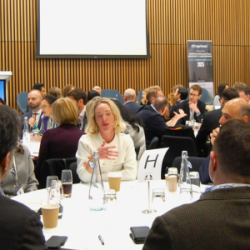World IP Day is April 26, 2024, and the theme for this year is “IP and the SDGs (Sustainable Development Goals): Building our common future with innovation and creativity.” One often overlooked topic is IP and its role in sustainable tourism. Understanding the synergies and complexities of IP and tourism is key for stakeholders at this dynamic intersection. With 30 years of experience in IP and as a frequent international traveler (my wife Rebecca and I have visited over 40 countries), I aim to elucidate how IP impacts tourism, drawing on research and best practices.
IP basics in tourism
At its core, IP pertains to the legal rights granted to creators and owners of works that are the products of human intellect. These include copyrights, trademarks, patents, and industrial designs. In tourism, this translates to brand identities, cultural artifacts, souvenirs, and even unique methods of service delivery.
Brand identity and trademarks
A trademark is a powerful tool in tourism. It protects brand names, logos, and slogans. These elements differentiate destinations and services, building a reputation and trust among tourists. For instance, a well-protected trademark for a hotel chain ensures that tourists can expect consistent quality and experience worldwide.
Copyrights: preserving local culture
Copyrights in tourism are often linked to cultural expressions – music, art, literature, and live performances. Safeguarding these elements respects and preserves local cultures and provides economic incentives for creators. Tourists seeking authentic cultural experiences contribute to local economies while respecting the intellectual property of the communities.
Patents: innovations in tourism
Patents protect inventions, including innovative travel technologies or new types of tourism services. These can range from advanced booking systems to eco-friendly travel solutions. Patents encourage innovation in the sector, ensuring continuous improvement and diversification of tourist experiences.
Industrial designs: enhancing aesthetic appeal
Industrial designs relate to the aesthetic aspect of a tourism product, like a resort’s unique architectural features or the custom design of tourist vehicles. Protecting these designs helps maintain a competitive edge and contributes to a tourism destination’s overall aesthetic and thematic appeal.
Challenges and solutions
While IP is beneficial, it presents challenges. Overprotection can lead to accusations of cultural appropriation, especially in cases where foreign entities trademark local cultural symbols. The key is to strike a balance – protecting IP while respecting and acknowledging the origins and significance of cultural elements.
Best practices
Respectful collaboration
Engage with local (indigenous) communities. Seek their permission and involve them in the process of commercializing cultural elements. This approach prevents legal issues and ensures that tourism supports local development.
Awareness and education
Educate tourism industry stakeholders about IP’s importance. This includes training local artisans, tour operators, and hospitality professionals about protecting their IP and respecting others.
Sustainable and ethical practices
Adopt policies that ensure sustainable and ethical use of cultural elements in tourism. This includes fair compensation and acknowledgment, fostering goodwill and sustainable relationships.
Conclusion
The impact of IP rights on tourism is profound and multifaceted. Proper IP management protects and fosters innovation and ensures the tourism industry’s ethical and sustainable development. It respects cultural heritage while providing economic opportunities for local communities. By adhering to best practices, stakeholders can navigate this complex landscape successfully, creating a win-win situation for all involved.

Written by Mark G. Bloom, CLP®, RTTP™
Director of Contracts / Chief IP Counsel, NSABP Foundation, Inc.
The Patent Lawyer Editorial Board Member
You may also like…
David Jenkins of UKIPO shares his thoughts on the Winter Intellectual Property Conference 2025
Following CTC Legal Events' second Winter Intellectual Property Conference held in London on 5-6 November, David...
Winter Intellectual Property Conference 2025: a review
As a proud member of the Editorial Board of The Trademark Lawyer, I could not decline the invitation of the...
Pravin Anand conferred with the APAA Enduring Impact Award
Pre-eminent IP Lawyer and Managing Partner of Anand and Anand, Mr Pravin Anand, has been conferred with the...
Contact us to write for out Newsletter



